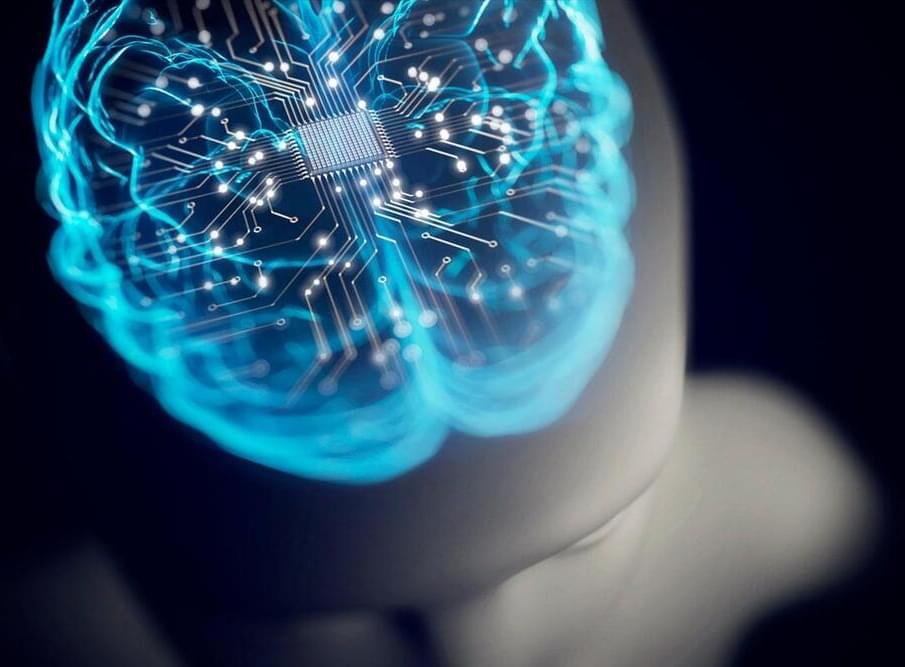A new kind of transistor allows AI hardware to remember and process information more like the human brain does.
By Anna Mattson
Artificial intelligence and human thought both run on electricity, but that’s about where the physical similarities end. AI’s output arises from silicon and metal circuitry; human cognition arises from a mass of living tissue. And the architectures of these systems are fundamentally different, too. Conventional computers store and compute information in distinct parts of the hardware, shuttling data back and forth between memory and microprocessor. The human brain, on the other hand, entangles memory with processing, helping to make it more efficient.
